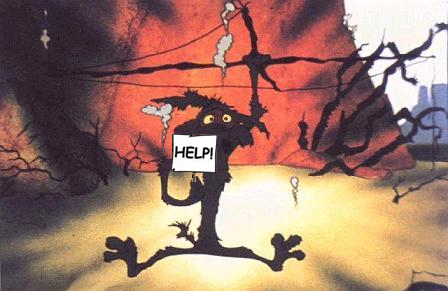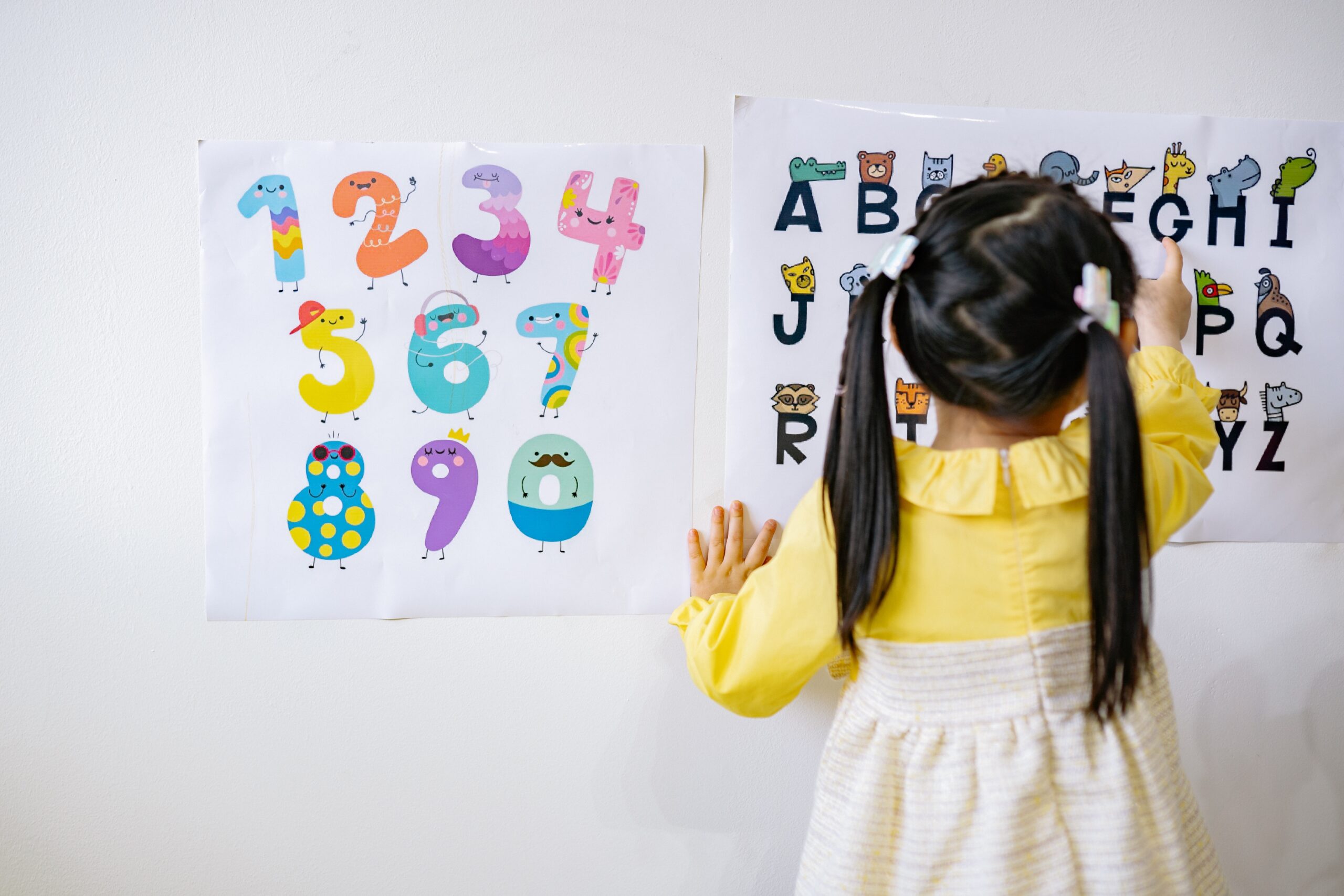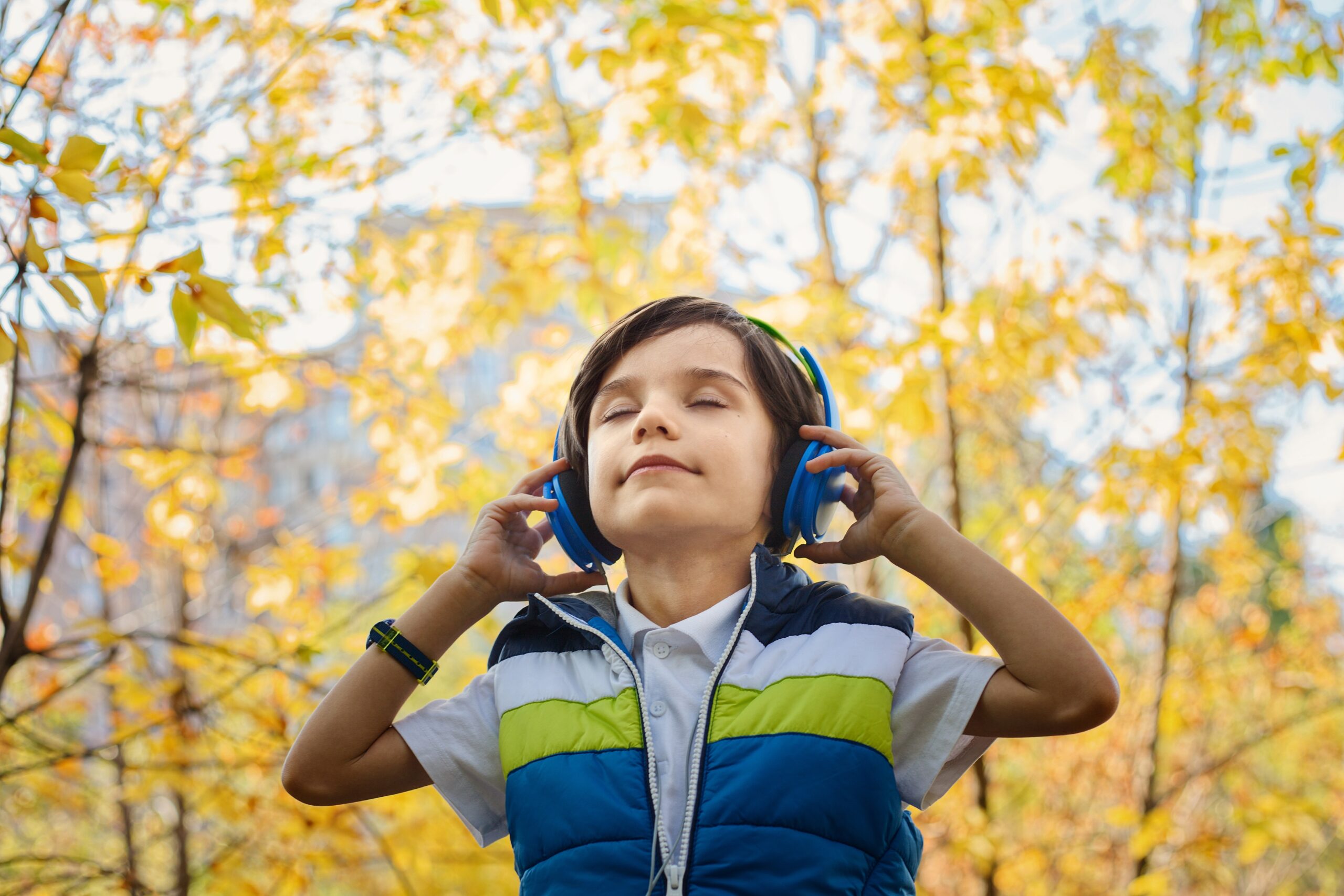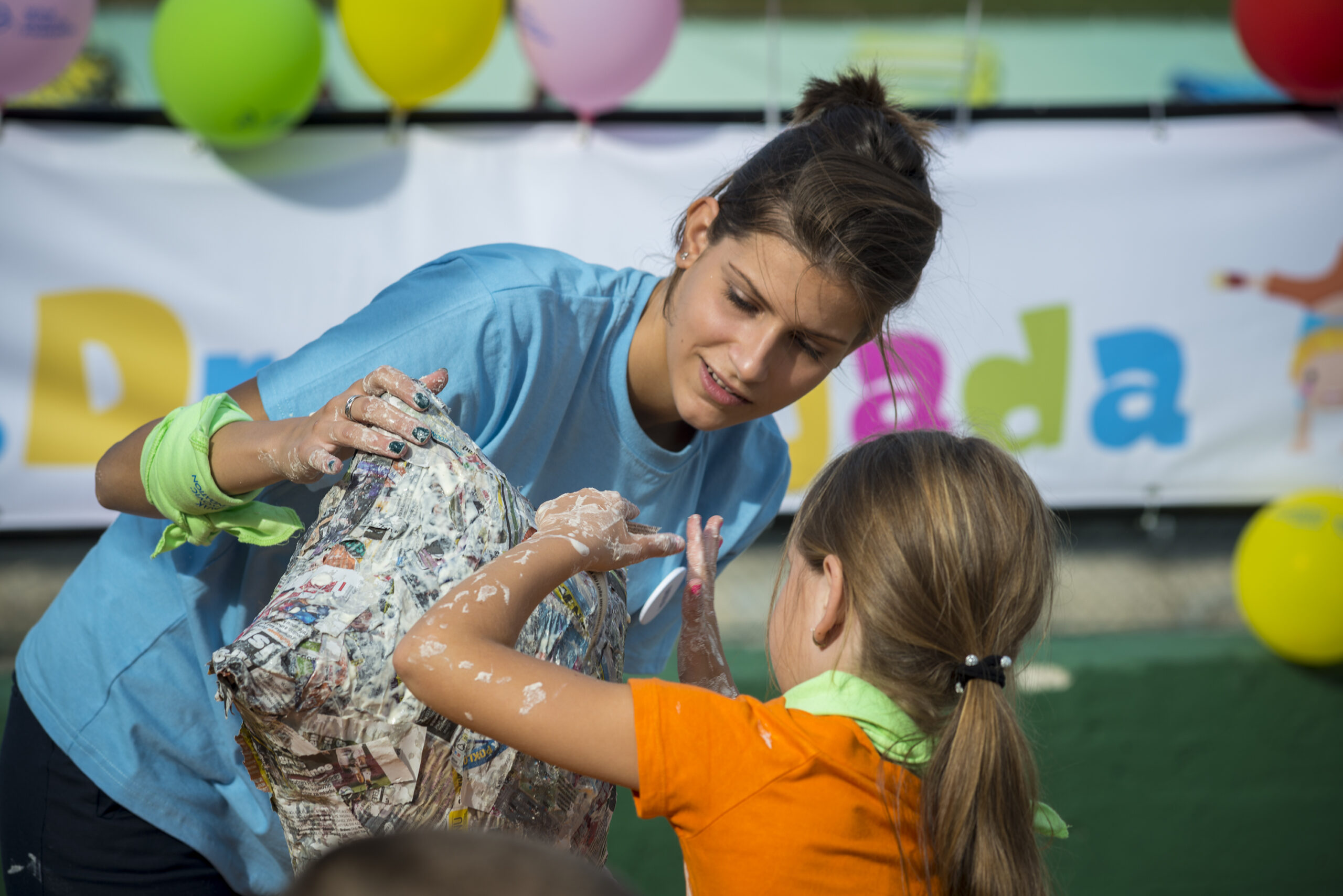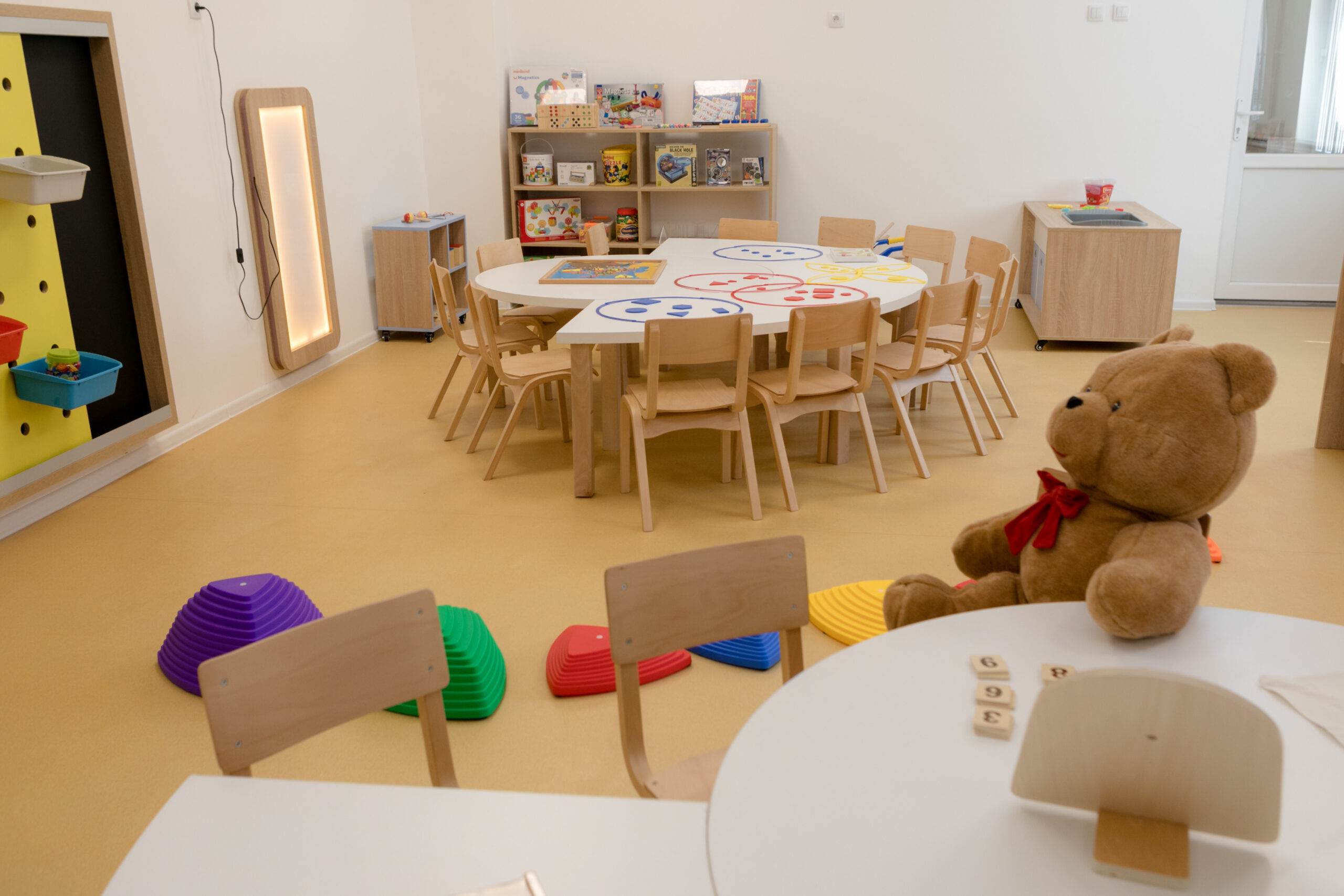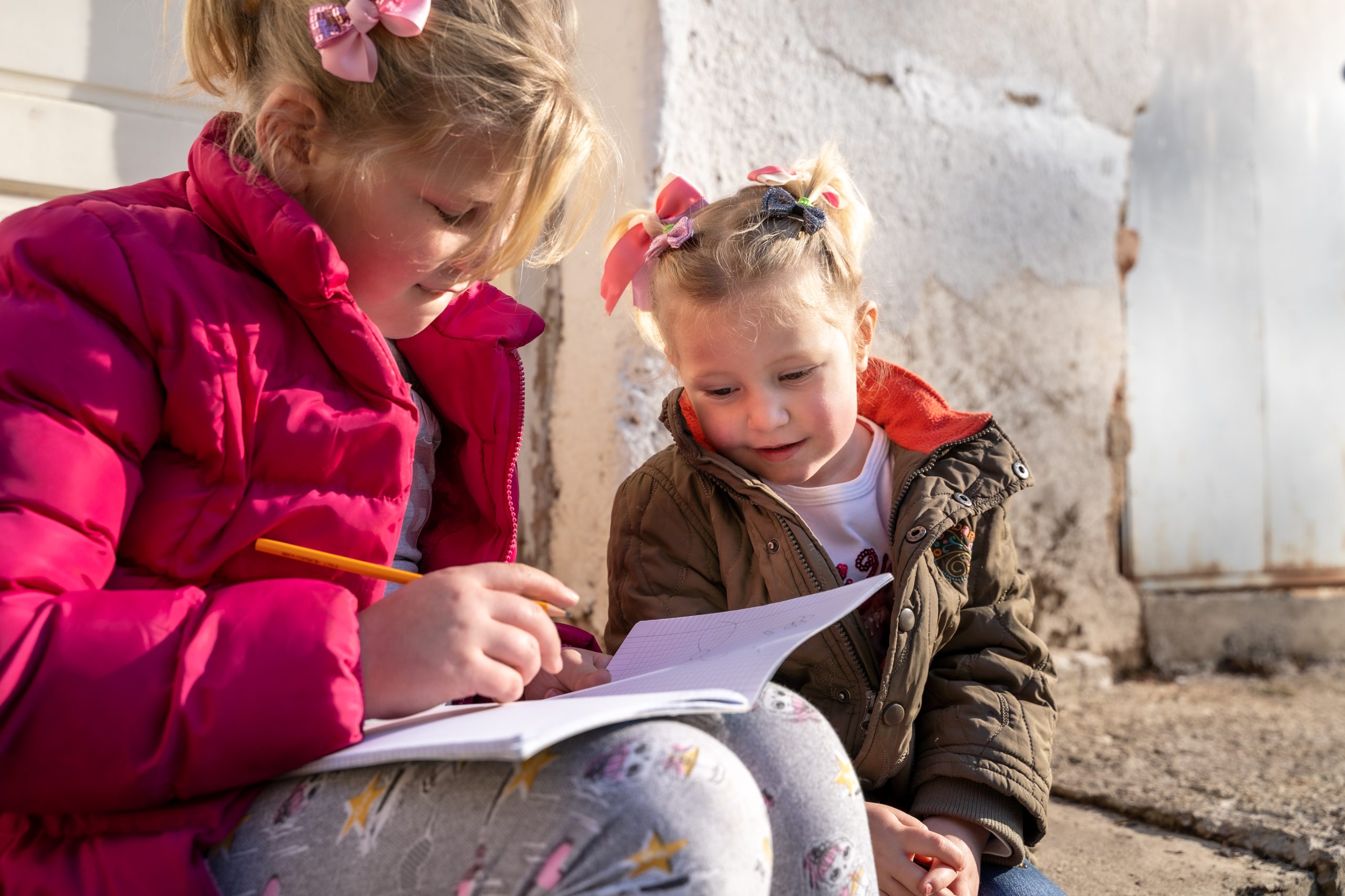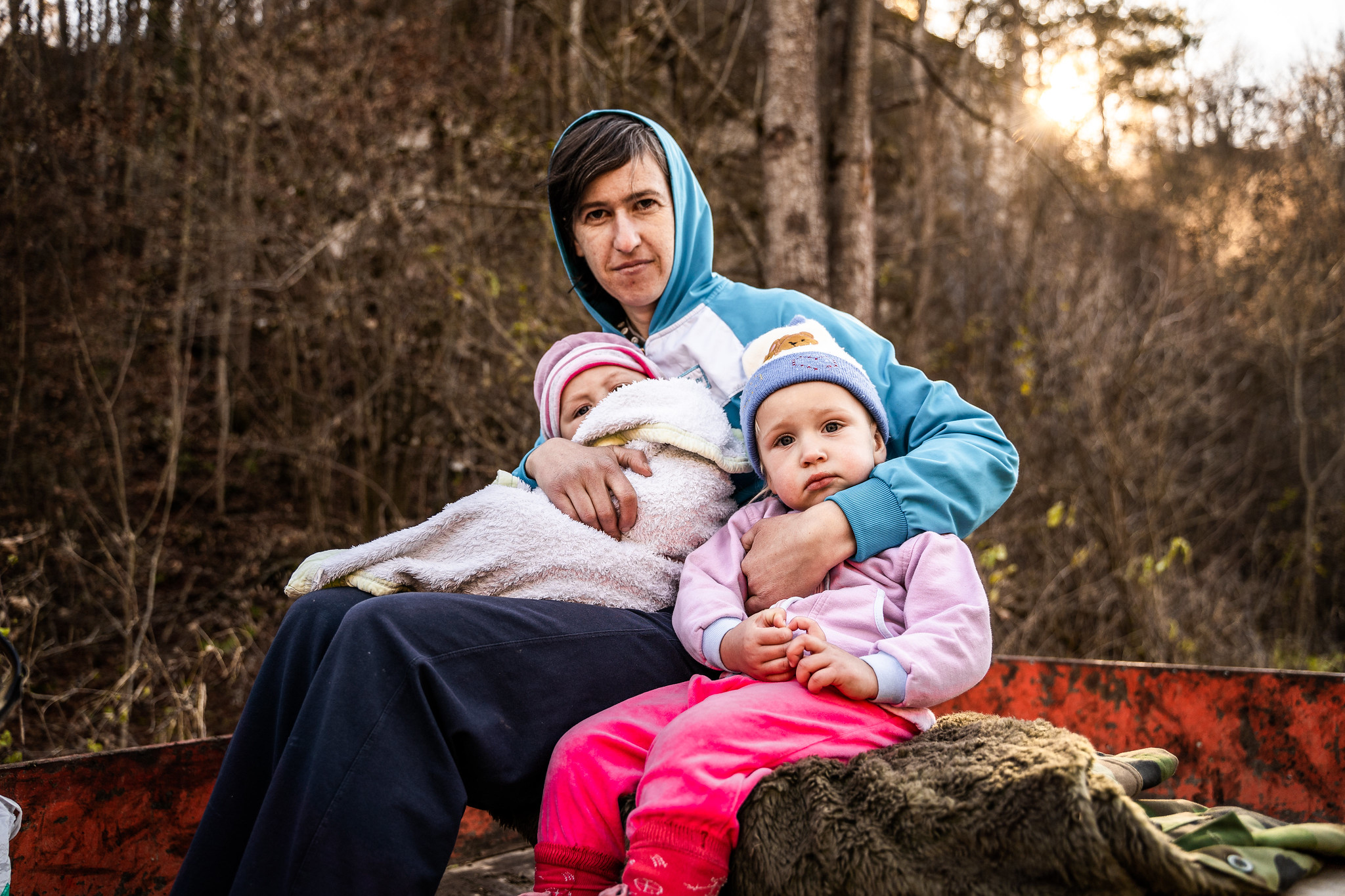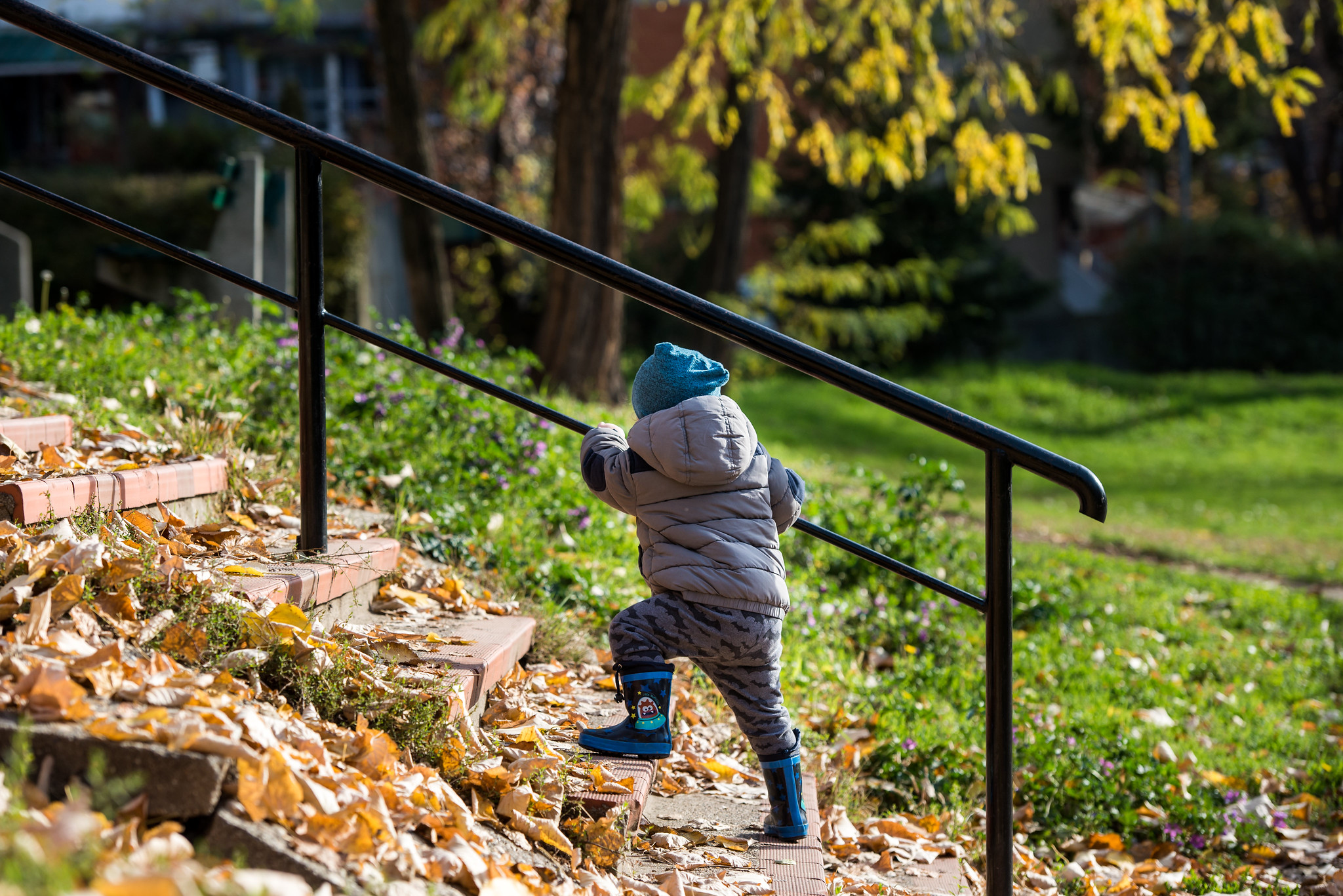When I was a kid, I was so crazy about cartoons. You can say I was hooked on them. I remember my parents had to be home at 7 PM sharp to record the latest Teenage Mutant Ninja Turtles episode, so that my brother and I could watch it the next day after school.
I knew each and every details about those “Heroes in the Half Shell”. He-Man and Masters of the Universe were another important part of my childhood. Not only did I watch cartoons, but I also passionately collected all He-Man action figures of heroes. After the episode on TV (or VHS) was over, I used to play with these toys imagining how Man-at-Arms fights against Skeleton and destroys his army, or how villain Hordak attacks Castle Grayskull on the planet Eternia.
Many Saturday and Sunday mornings I also spent watching Disney animated feature films, like Beauty and the Beast (a monster winning heart of a beauty after so many troubles), The Sword in the Stone (battle of wizards), Snow White and the Seven Dwarfs (I have always feared this ugly evil witch and her poisonous apple might go after me while sleeping).
I like and enjoy in certain things. We all do. However, this does not mean that they are always good for us. We often realize that later on, as grown-ups. The same stands for cartoons. Beside the positive aspects of cartoons that you had the opportunity to read about in our blog last Friday, there are also some negative effects of such shows on children that parents should be aware of before letting their children watch them. Therefore, it might be useful to check out the “dark side” of this illustrated visual art, as some define cartoons.
1. Violence
 Leonardo, one of Teenage Mutant Ninja Turtles (the blue one), viciously beats up and destroys the army of evil Krang. The result: broken arms and legs everywhere, smacked faces, ruined buildings, total destruction…Remember Tom and Jerry? Well, they fight and chase each other all the time, seeking some sort of revenge. The same situation is with Wile E. Coyote and The Road Runner. Someone always gets beaten. Pretty hard beaten, I must add. Throwing a grand piano on someone’s head, gunshots, explosives in someone’s hand or mouth, and the loud explosion that follows, all of these are subliminal or quite direct messages depicting violence that flow into children’s minds. Kids absorb these scenes like a sponge and accept violence as something quite normal and common. Children who view shows in which violence is very realistic, frequently repeated or unpunished, are more likely to imitate what they see. Experts from the American Academy of Paediatrics (AAP) say that kids who watch cartoons full of violence tend to be nervous, aggressive and disobedient. Moreover, these children are impatient. There are three main effects of cartoons that concern violence on children:
Leonardo, one of Teenage Mutant Ninja Turtles (the blue one), viciously beats up and destroys the army of evil Krang. The result: broken arms and legs everywhere, smacked faces, ruined buildings, total destruction…Remember Tom and Jerry? Well, they fight and chase each other all the time, seeking some sort of revenge. The same situation is with Wile E. Coyote and The Road Runner. Someone always gets beaten. Pretty hard beaten, I must add. Throwing a grand piano on someone’s head, gunshots, explosives in someone’s hand or mouth, and the loud explosion that follows, all of these are subliminal or quite direct messages depicting violence that flow into children’s minds. Kids absorb these scenes like a sponge and accept violence as something quite normal and common. Children who view shows in which violence is very realistic, frequently repeated or unpunished, are more likely to imitate what they see. Experts from the American Academy of Paediatrics (AAP) say that kids who watch cartoons full of violence tend to be nervous, aggressive and disobedient. Moreover, these children are impatient. There are three main effects of cartoons that concern violence on children:
- they become insensitive to others’ pains and sorrow
- children do not feel discomfort from any elements of violence around them in real life
- children are prone to aggressive reactions and violent behaviour.
On the internet you can find many other studies regarding this issue. One of them is the study of scientist from Iowa State University. They found that animated shows aimed at youngsters often have more brutality than programmes broadcast for general audiences.
2. Health problems
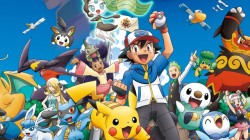 Cartoon Pokémon, created by Satoshi Tajiri in 1995, belongs to anime, the Japanese name for animated film. Anime have a distinctive appearance (e.g. big eyes). The original name of the cartoon was Pocket Monsters. A year later, the name was shortened into Pokémon. Each episode of the cartoon is a special adventure of the main hero Ash Ketchum who fights against other trainers. Despite hard blows they receive all the time, Pokémon never die as they have the ability to recover energy.
Cartoon Pokémon, created by Satoshi Tajiri in 1995, belongs to anime, the Japanese name for animated film. Anime have a distinctive appearance (e.g. big eyes). The original name of the cartoon was Pocket Monsters. A year later, the name was shortened into Pokémon. Each episode of the cartoon is a special adventure of the main hero Ash Ketchum who fights against other trainers. Despite hard blows they receive all the time, Pokémon never die as they have the ability to recover energy.
In 1997 in Japan, 653 children were admitted to hospital for epileptic seizures. After detailed research it was found the seizures were caused by flashing red and blue lights which appeared in 38th episode of Pokémon, which children watched that night. The episode was never commercially released or re-broadcast anywhere in the world, as it was banned by the Japanese government.
There are other, less radical, health issues. For example, it is obvious that there is nothing good in sitting all day in front of the TV, watching cartoons. This can only weaken kids’ eye sight, or may lead to spine curvature disorders. Lack of physical activity also creates problems with obesity. Furthermore, many experts stress negative impact of cartoons on speech development of children by the age of three. Psychologists claim that watching cartoons is a passive activity in which there is no interaction required for proper speech development.
3. Role models
While watching cartoons, children often identify themselves with the characters. However, the problem is that these characters are usually inappropriate for any identification, since they are too aggressive, or have supernatural powers: they can fly, shoot spider web from the wrist, jump from the top of a skyscraper on the buildings nearby, throw a lightning bolt, run faster than the wind, fall from the 10th floor and stay unharmed, beat 15 criminals single-handedly, and similar.
These aggressive characters may easily turn into role models. Without the supervision of the parents, who will explain the difference between reality and fiction (which is not always the case since they are usually busy and prefer to leave the kids in front of the TV), children can use cartoons as a substitute for real life. This might be a threat for the child’s psychological development. Unfortunately, there are cases where children take cartoons to an extreme.
What can we do to reduce negative impacts and make cartoons a healthy entertainment for kids?
- Children must have a balanced lifestyle in everything they do, including watching cartoons.
- Parents should control and limit the time children spend watching TV or using a computer to maximum one hour a day.
- Parents must explain that the cartoon character in a certain scene has not been harmed, but would actually be seriously injured or die in real life. Parents should also tell their children that violent behaviour is not the best course of action to resolve a conflict.
- Some cartoons should have an age limit.
- Broadcasters should have professional teams (experts for children’s programme, editor and psychologist) that evaluate what should and what should not be shown on TV, as part of this programme and decide when is the appropriate time they can be broadcasted.
- Children should not be allowed to watch certain cartoons whose content they cannot understand.
- Parents should provide cartoons to their children which could have a positive impact on them.
- It would be better if parents also watch and discuss the characters of cartoons with children.
All the images in this post are screenshots of the relevant cartoons mentioned in the text, and do not belong to NDF.

